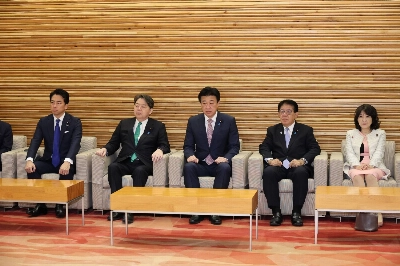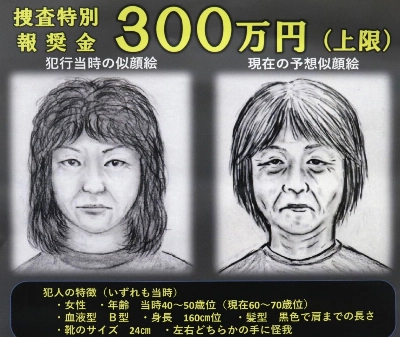Mobile phones are becoming effective tools not only for business but also for fundraising activities aimed at enhancing social welfare. </PARAGRAPH>
<PHOTO>
<TABLE WIDTH='200' ALIGN='RIGHT' BORDER='0'>
<TR>
<TD><IMG ALT='News photo' BORDER='0' SRC='/images/photos2005/nn20051027f1a.jpg' WIDTH='200' HEIGHT='236'/></TD>
</TR>
<TR>
<TD><FONT SIZE='1'><B>A young woman uses a mobile phone to scan a QR code on
a poster in Chiyoda Ward, Tokyo, to make a donation to the
Red Feather campaign.
</B></FONT></TD>
</TR>
<TABLE>
</PHOTO>
<PARAGRAPH>The sight of children on busy street corners soliciting donations for the annual Red Feather campaign starting on Oct. 1 is a familiar one.</PARAGRAPH>
<PARAGRAPH>This year, however, the campaign's organizer has introduced a mobile phone fundraising system to make it easier for those who are hesitant to hand over money to the kids to make a contribution.</PARAGRAPH>
<PARAGRAPH>'The Red Feather campaign is widely supported by middle-aged and elderly people, but we would like to draw in young people in their teens and 20s,' said Atsushi Fukui, head of accounting at the Central Community Chest of Japan, which runs the fund drive through Dec. 31 to support social welfare and volunteer activities.</PARAGRAPH>
<PARAGRAPH>The organization has put up 400,000 posters with a QR code in public buildings and on bulletin boards nationwide. The code is readable by mobile phone cameras and links the user to a fundraising Web site. Donors can use their mobile phones to make a contribution of 100 yen or more anytime, anywhere.</PARAGRAPH>
<PARAGRAPH>The amount of money raised by the Red Feather campaign rose steadily from the end of World War II until 1995, peaking at about 26.5 billion, yen but donations have since fallen off.</PARAGRAPH>
<PARAGRAPH>'We are still groping –
fundraising by mobile phones, but we are determined to keep looking for new methods one after another," Fukui said.
The "fundraising by clicking" method is also spreading. Under this system, when a visitor to a company's Web site clicks on the appropriate spot, that business makes a contribution to a third-party organization dealing with social problems such as poverty and hunger, providing would-be donors with another way to give.
"There are many people who want to make a contribution (to solving) global problems, but they cannot for various reasons. This system is a method with the lowest barrier to (allow them to) do that," said Hisayuki Shimizu, president of dff Inc. of Tokyo, which manages a fundraising by clicking system.
The organization lists the names of contributing businesses on its Web site. When users click on the company's name, they are directed to the company's site. There, they can see what philanthropic activities the company is involved in. And when users click on the fundraising button of the Web page, the company donates 1 yen to a charity. Visitors can make one visit day per company.
The user clicking the button does not pay. Rather, the company makes the contribution.
This method allows children to take part in fundraising, and is also a useful public relations tool for companies looking to highlight their social contributions.
Shimizu learned about fundraising by clicking while in the United States, and in August 2000 he established an organization to spread the practice in Japan.
As of this month, eight companies including Cosmo Oil Co. and Kirin Brewery Co. have partnered with Shimizu's organization, which receives a management fee from the companies.

















With your current subscription plan you can comment on stories. However, before writing your first comment, please create a display name in the Profile section of your subscriber account page.